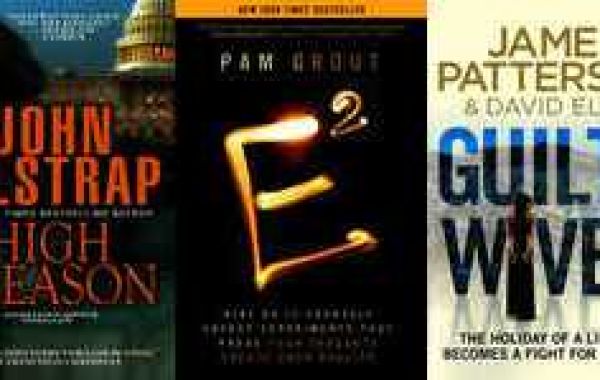Managing diverse endpoints has become a complex dance. Smartphones, tablets, and other devices have become integral to the modern workplace, creating a symphony of connectivity. Amidst this orchestration, Unified Endpoint Management emerges as the conductor, orchestrating harmony and efficiency across the digital landscape.
Understanding Unified Endpoint Management:
Unified Endpoint Management is a comprehensive approach to managing and securing all endpoints within an organization through a single platform. This includes not only traditional devices like desktops and laptops but also mobile devices, wearables, and Internet of Things (IoT) devices. The goal is to provide a unified and simplified management solution that ensures the security, compliance, and optimal performance of all endpoints.
Key Components of UEM:
Device Management:
UEM centralizes the management of devices, offering a single interface to deploy, configure, and manage endpoints across various operating systems. This includes handling device provisioning, software updates, and troubleshooting.
Application Management:
From deploying essential applications to ensuring timely updates, UEM streamlines the application lifecycle management process. This ensures that all devices within the network have the required software, reducing vulnerabilities and enhancing productivity.
Security Management:
UEM plays a pivotal role in fortifying the digital fortress. It enforces security policies, manages encryption, and monitors for any suspicious activities. This unified security approach helps in preventing and mitigating potential threats.
Content Management:
Efficient content distribution and management are essentiall for a seamless workflow. UEM facilitates secure content access and distribution, ensuring that authorized personnel can access the necessary information while maintaining data integrity.
Identity Management:
UEM integrates identity and access management, ensuring that only authorized users have access to sensitive data and applications. This adds an extra layer of security and compliance to the overall endpoint management strategy.
The Symphony of Benefits:
- Simplified Management:
Imagine a world where you don't have to juggle between multiple management interfaces. UEM simplifies the management landscape, providing a centralized platform to oversee the entire fleet of devices. This simplicity translates to time and cost savings for IT teams.
- Enhance Security:
Security breaches can be catastrophic for any organization. UEM acts as a vigilant guardian, implementing consistent security policies across all endpoints. This reduces the attack surface and ensures a proactive defense against emerging threats.
- Improve Productivity:
With streamlined management and secure access to necessary resources, employees can focus on their tasks without being hindered by technical glitches or security concerns. This translates to enhanced productivity and a smoother workflow.
- Cost Efficiency:
UEM consolidates various management processes into a single platform, eliminating the need for multiple tools and reducing operational costs. The efficiency gained through centralized management also minimizes downtime, further contributing to cost savings.
- Compliance Adherence:
In a regulatory landscape where compliance is non-negotiable, UEM provides the necessary tools to enforce and demonstrate adherence to industry regulations. This is particularly crucial for sectors such as healthcare and finance, where data privacy and regulatory compliance are paramount.
- Flexibility Across Devices:
In a world where employees may use a combination of laptops, smartphones, and tablets, UEM ensures that the management strategy is flexible enough to accommodate diverse devices and operating systems. This adaptability future-proofs the organization against evolving technology trends.
- Seamless Updates and Patch Management:
Keeping all devices up to date with the latest software versions and security patches is a daunting task. UEM automates the update and patch management process, ensuring that all devices are running on the latest, most secure software.
- Remote Management Capabilities:
The modern workforce is increasingly mobile, and UEM recognizes this by offering robust remote device management capabilities. Whether it's troubleshooting issues or deploying updates, IT teams can efficiently manage endpoints irrespective of their physical location.
The Future of Endpoint Management:
As organizations continue to embrace digital transformation, the importance of Unified Endpoint Management will only intensify. The ability to manage, secure, and optimize diverse endpoints from a single platform is not just a convenience; it's a strategic necessity.
In the evolving symphony of technology, UEM stands as the maestro, conducting a harmonious blend of efficiency, security, and flexibility. As we navigate the ever-expanding digital landscape, Unified Endpoint Management emerges as the key orchestrator, ensuring that every device plays its part in creating a seamless and secure symphony of productivity.








